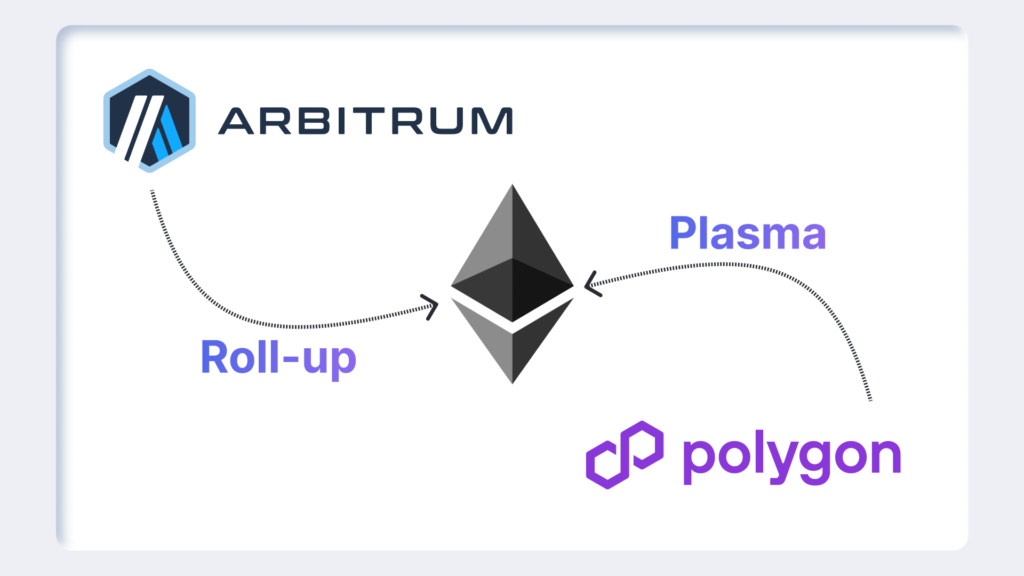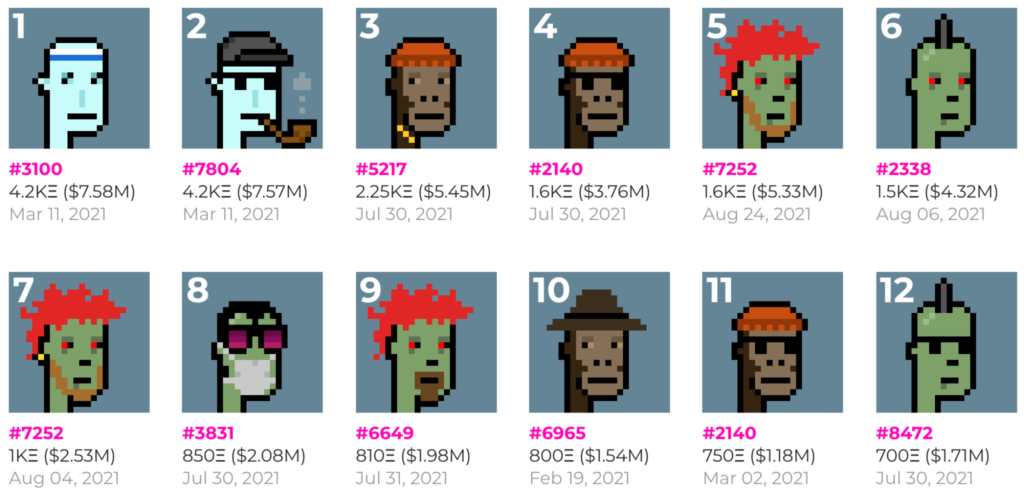A three-way chess match between the Kremlin, the Finance Ministry and the Bank of Russia just produced its boldest gambit yet: a state-sanctioned crypto exchange reserved for the country’s financial aristocracy.
From rumors to roadmap
Finance Minister Anton Siluanov confirmed the plan during the ministry’s annual board meeting, framing it as the next step in Russia’s “experimental legal regime” for digital assets. That sandbox—active since September 2024—lets exporters and importers settle invoices in crypto without breaching the blanket ban on domestic coin payments. Until now, deals relied on bilateral wallets or offshore platforms. The new venue will funnel those flows into a single, supervised marketplace.
Who gets in?
Not the average hodler. Access is restricted to “highly qualified investors,” a label normally granted to Russians with:
- 100 million ₽ ($1.06 m) in securities or bank deposits, or
- 50 million ₽ ($530 k) in annual income, or
- Equivalent professional certifications.
Deputy minister Ivan Chebeskov says final thresholds are still under debate, but parliamentary committees are already pushing for airtight KYC and AML screens. The central bank wants added firewalls: no resident-to-resident settlement and hefty penalties for back-alley swaps.
Infrastructure ready-made
Rather than build a fresh order book from scratch, officials hint the pilot could slot into existing bourses such as the Moscow Exchange—long rumored to be testing blockchain rails—or grant parallel licenses to newcomers that pass a gauntlet of audits. Either route will take “at least six months,” Chebeskov cautions, meaning launch could slip to Q4 2025.
Why now?
Western sanctions have squeezed Russia’s dollar and euro clearing lines, forcing companies to hunt for alternative settlement rails. Private buyers already use Tether and Bitcoin to pay Asian suppliers, but the volumes move through opaque OTC desks. By corralling these trades onto a legal exchange, regulators hope to track capital flows, skim tax revenue, and blunt systemic risk.
An uneasy compromise
The central bank still calls crypto a “pyramid” unfit for everyday Russians, yet it reluctantly backs a limited test run. Analysts view the scheme as a political balancing act: embrace blockchain’s utility for foreign trade while keeping rouble hegemony intact on home soil. “Moscow’s message is clear—crypto may lubricate export pipelines, but it won’t buy your morning coffee,” notes Maria Lebedeva, fintech researcher at Higher School of Economics.
What’s at stake
If the pilot succeeds, Russia could pioneer a model for sanctioned states seeking compliant crypto corridors. Failure, however, would reinforce the central bank’s argument for an outright ban and push traders further underground.
Russia’s elite-only exchange compresses two ambitions into one: harness digital assets for geopolitical resilience and maintain ironclad control over domestic money. The experiment now hinges on clear rules, robust tech and a small circle of very rich beta-testers.


